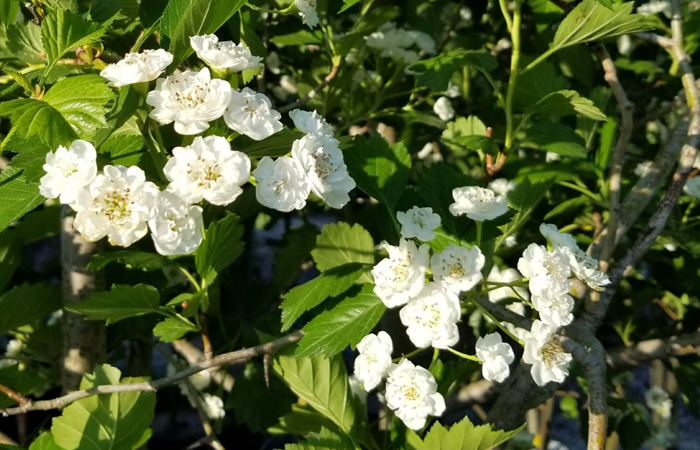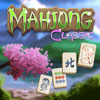Deeply Rooted
Thorn in my Side?

I cannot think of a plant, native to Manitoba, that is more foreboding than the hawthorn tree. It really gives the impression of being a tree that grew up in a toxic wasteland! Mature height is only 15 to 20 feet tall with no specific shape or structure. It is often a multi-stem tree with a sprawling form. The wood is exceedingly hard, and regularly will cause sparks if you try to cut it with a chainsaw! It certainly earns its name with needle sharp thorns up to 2 inches long! I have some memories of my teenage years helping my family clear Hawthorns from the edge of the bush along our yard. Those were dark, scary times…
With that many troublesome attributes it makes you wonder why anyone would want to plant a Hawthorn in their yard. To understand we will need look at the bright side.
The Hawthorn is accustomed to our extreme climate and unique soil type. It also has a rather effective self-defence system from wildlife. The Hawthorn’s also have beautiful white flowers in May followed by edible red berries. They have very little flavour but could keep you alive if you needed them. The leaves of a Hawthorn are unique as they are smaller than most leaves and lobed, like a Maple.
Another important thing to realize is that not all Hawthorn selections are as awful as their parents. The Snowbird Hawthorn, developed at Morden research station, has become rather a favourite of ours at Falk Nurseries. With rounded, spreading form, dark green foliage and yellow fall color it is much more pleasing to the eye and the twisted, wild Hawthorns you find in the forest. It also has double peddled white clusters of flowers in spring.
Its size is quite helpful, as one of the smallest trees we can grow in Manitoba. Flowering Crabapples are some of the most popular ornamental trees for Manitoba, but if you need something smaller there are very few options. The Hawthorn, Flowering Plums and Amur Maackia are the three smallest trees that you can rely on.
As for the wild hawthorns, I have to say I have found a good use for myself. If you come to a nursery you may from time to time, see me with a walking stick in my hand. The extra hard wood of the Hawthorn comes in handy after all.




